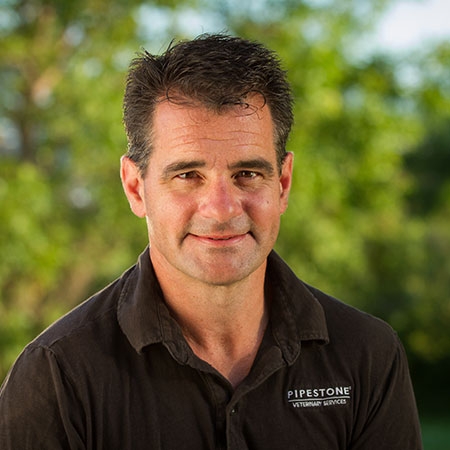
While the summer workload changes for the average cow/calf operation, there is still opportunity to make significant health and performance decisions that will make a difference to the bottom line.
Most importantly, take the time to monitor both the health of the cattle and pasture, as well as performance of growing calves.
Fly Control
While they seem to just be a nuisance to your summer grazing cattle, flies can make cows uncomfortable. When cattle are uncomfortable, usually from heat stress or flies, they will bunch in a group. Many times, I witness cow herds that are bunching, while the neighbor’s cows are spread out and grazing on the other side of the fence.
What is different about the two herds?
Certainly, the heat stress is equal on both side of the fence, which leads to the conclusion difference is the comfortable cows are not challenged with flies. Although pinkeye and blood loss are significant from flies the real cost is performance and growth as uncomfortable cows are not grazing and thus not growing or milking as well as their genetic potential. Fly control with fly tags, backrubbers or periodic pour-on should all be used to minimize fly pressure and maximize production.
Pasture Utilization
Over grazing or under grazing portions of the pasture also decrease performance of the herd and future production in the pasture. Use salt to encourage cattle to spend time in underutilized area of the pasture. Consider putting in simple culverts or rock crossings in wet or creek beds to allow cattle easier access to the entire pasture. Cross fencing will allow pasture rotation. This will yield more dry matter consumption per acre and/or a higher stocking density. Pasture rotation will also decrease parasite pressure on growing calves.
Creep Feeding
Creep feeding decisions should be driven be health and economics. Creep feeding allows for higher stocking density and is especially useful if the rain gets short late in the season. Creep fed calves will always wean easier as they are trained to a bunk. Creep feeding along with nose weaners has been proven to be the least stressful way to wean calves. Certainly feed price and weaned calf price are the biggest determinants of creep feed decision, however calf stress and weaning and post-weaning shrink should be in your equation as well.
Summer Pneumonia and Calf Health
In some herds, summer or late grazing season pneumonia can be a challenge, particularly in February and March born calves. Getting a pre-weaning round of vaccinations into these calves in August or early September can go a long way in preventing respiratory disease and blackleg in growing calves. This can often be combined with early preg checking the cow herd and culling of open cows during a high cull cow market.
Feel free to visit with one of our Veterinarians or staff to get more ideas on improving your herd during the summer grazing season.
